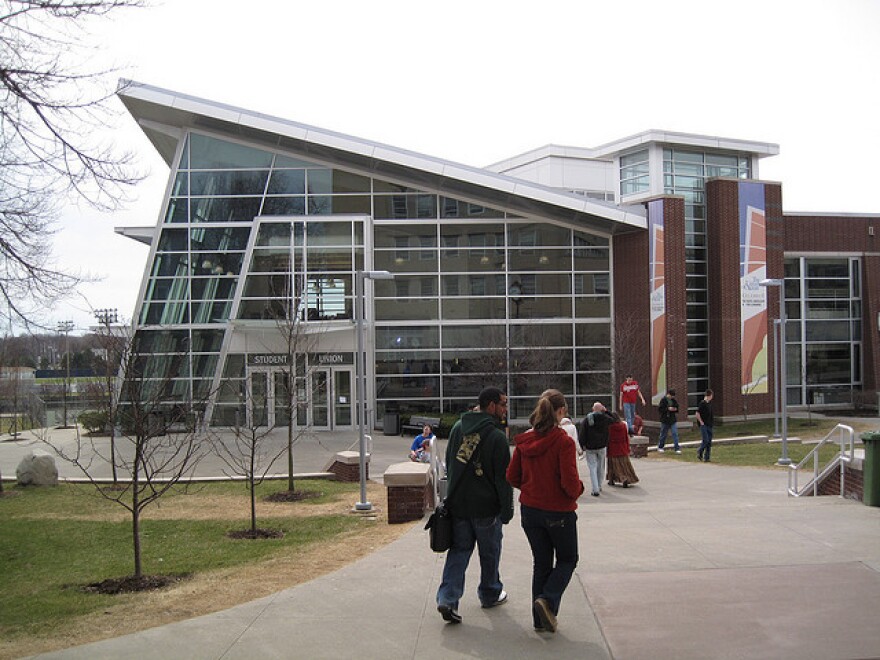Not long ago college students checked in with their appointed advisor once or twice during their entire collegiate career. Now they meet that much in a year. Don't show up, and the advisor will come looking for you, especially during freshman year when students are at the greatest risk of dropping out.
OSU had a very high freshman retention rate last year of more than 92%. Cleveland State had a much more down to earth 65 ½%, Kent State almost 82%, and the University of Akron about 73%. Ohio State has formed a consortium with universities in 10 other states to find the best ways to increase student retention.
At Akron one third of the freshmen are the first generation in their family to go to college. The Associate Vice President for Student Success, Stacy Moore, says many just are not prepared.
“Developmentally, most of them are just 18 years old when they come in here – I mean a solid 80% of our students. So you’ve got to add some structure. ‘Here’s what’s expected of you.’ We just don’t risk anymore that advisors are sitting in their office waiting for students to come to them.”
Most college students in America now take 5 to 6 years to earn their degree. But Provost Mike Sherman says Akron is pushing their students to stay on track to graduate in four years by taking at least 15 hours per semester.
“So we saw a big increase in the percentage of students this year who are enrolled with 15. They’re choosing to do that too because we’re also illustrating to them what are they losing, earning potential-wise, if they’re in school another year and not in the job market.”
Schools are also lowering the required number of hours to earn a degree. They also help students decide on a major because those who have not decided by the end of their sophomore year are more likely to drop out. But Stacy Moore says slackers won’t totally disappear.
“I would say they’re not necessarily a thing of the past but what is different is are those students going to hear from us more often? Where we’re checking in to say ‘OK we’re noticing this trend; we’re noticing you’re not making as much progress to your degree.’ ”
Students who drop out or flunk out often cite "personal reasons" but Moore says the number one reason is financial.
"They’re working sometimes many many hours. More than are reasonable if they’re also going to try to take a reasonable course load for themselves. And, it takes longer.
Colleges also aim to increase student graduation rates by making it harder to get into school in the first place.
Akron is requiring a higher ACT score or high school GPA to get in. Applicants who don’t meet those levels are required to first enroll at a community college level.
Akron student Eddie Machek had a high school GPA of just 2.0. He had to start at the community college before being accepted.
“Those classes kept a close eye on us. Because I was on probation they made me turn in updates as I went. And if those updates didn’t go well then they would have meetings with me and I would have gotten more resources like that. But as soon as I started here I was a 4.0 student the first year out. If I didn’t have those grades there would have been people on me, to help me. ”
Now Machek is graduating with a degree in engineering and is planning to get a PhD.
A recent study by Columbia University found that colleges in Ohio, Tennessee, and Indiana, where state funding is based on student performance, have put a renewed emphasis on counseling and advising. But it also raised fears that schools are keeping out at-risk students and using grade inflation to help enrolled students move along.
Akron’s provost Mike Sherman insists that the new emphasis to help students graduate is not about the money
“Let’s put it this way I don’t think any university in the state is chasing that dollar; they’re chasing student success and if students are successful then the performance funding formula recognizes that.”



